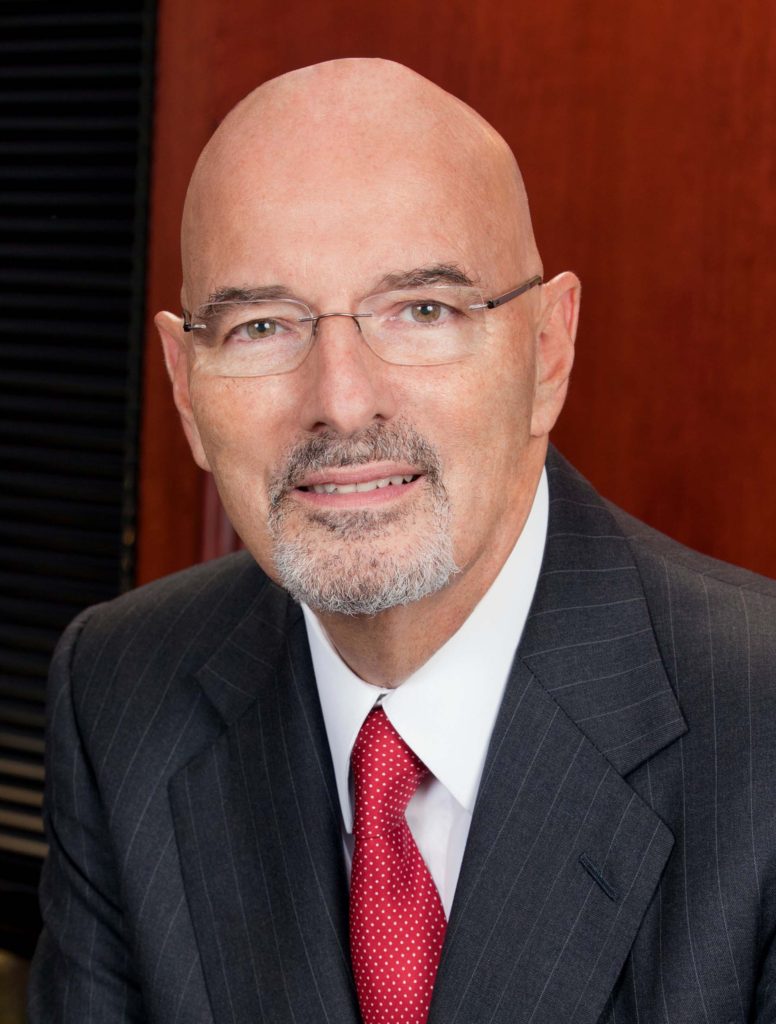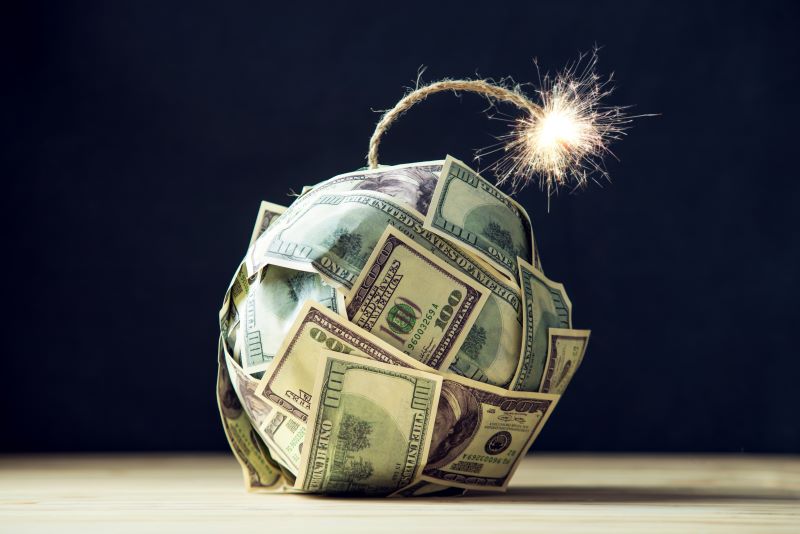By Paul V. Profeta
In our February edition, I wrote an editorial entitled: Dangerous, unprecedented cures: Fed’s ‘double medicine’ is recipe for economic meltdown.

There is a famous phrase about Fed tightening: “The Fed keeps raising rates until something breaks.” I am sure everyone at the Fed knows that joke or phrase, and yet that is exactly what they have just done. As you know, Silicon Valley Bank (SVB) and Signature Bank (SB) recently failed and had to be taken over by the Federal Reserve. Credit Suisse had its own issues even after a $54 billion loan from the Swiss Central Bank and had to be taken over by UBS. First Republic Bank could not survive its troubles and disappearing stock price even after a $30 billion loan in so-called “deposits” from six major money center banks and had to be taken over by the Fed and sold to JPMorgan the next day. Is that enough “breakage” for Fed Chair Jerome Powell to wake up to the results of his policies? Even scarier, the deposits of SVB and SB enjoyed the normal FDIC guarantee up to $250,000, but Treasury Secretary Janet Yellen of the Biden administration decided to guarantee all deposits no matter how high. Now that they have created that precedent, it is impossible to see how they can revoke it with the next bank failure. The U.S. has about $31 trillion in commercial bank deposits — that’s quite a lot of deposits to be insured. Just another $31 trillion of obligations for our already bankrupt Treasury.
Every time another bank fails Mr. Powell calmly states that all the troubled institutions have been “resolved” and the remaining banks are now “stable and resilient.” Let’s see what happens to Zion Bank or PacWest in the next few weeks. Remember: You never see just one cockroach.
Worse is the effect all of these failures have had on the remaining commercial banking institutions. They are all climbing into their foxholes, going into survival mode and turning out the light at the lending window.
Did you ever wonder how the Fed’s proclamations can be so distant from reality? One of the fundamental reasons is that the Fed governors don’t talk to people like us. They just get reports from their staff that have been filtered as they travel up the food chain and are “sanitized.” No one ever tells them: “By the way, you are destroying this economy.” How else could Jerome Powell keep a straight face in his post-Federal Open Market Committee (FOMC) meeting news conference and proclaim the remaining members of the commercial banking system “stable and resilient” when in reality those institutions are panicked and fighting for survival? I would love to see Jerome Powell try to get a mortgage on an existing office building of his today or an industrial development he wants to start building. Such an experience would possibly change his opinion of the commercial bank lending climate.
Ironically, his intemperate rate increases at a record-setting rate have not accomplished what Chairman Powell wanted to achieve with regard to the reduction of inflation to a 2 percent annual rate, but the havoc that those rate increases have wreaked on the commercial banking sector and the concomitant severe constriction of commercial bank credit will certainly throw us into the depression he wanted to avoid, which will in turn achieve his goal of lowering inflation to 2 percent or even less.
Two of the most predictive indicators of economic activity are the Yield Curve and the Conference Board’s Index of Leading Economic Indicators, or LEI. Let’s take them one at a time. The Yield Curve is a graph that reflects the rates of short-term Government Notes (like three-month obligations) up to the 10-Year Long Bond. Normally the Yield Curve is rising in a northeasterly direction because, in normal times, investors demand a higher return to buy a long-term obligation (because of the extended risk period) as opposed to a short-term note. However, once the Fed starts raising the Fed Funds Rate (which is itself a short-term obligation) it has the effect of increasing the yield on all short-term rates while the rate on the long bond declines in anticipation of an imminent recession, causing the Yield Curve to invert. Its predictive power rests with the depth of the inversion and the amount of time it remains in that state. A yield curve that remains inverted for nine to 10 months usually suggests a recession. Currently, the duration of the inversion indicates that the yield curve is predicting a recession in the immediate future.
The Conference Board’s 10 key variables, otherwise known as the Leading Economic Indicators, have declined for 12 consecutive months and are now at a depth that has always been accurate in predicting a recession. Normally five straight months of decline has been the average for predicting a recession, which implies that one is overdue.
In short, I am the bearer of bad news. Whether it is the Fed’s destruction of the commercial banking system and the concomitant severe restriction of credit, or simply the prediction of the two most reliable recession indicators (the Yield Curve and the LEI), I think we are heading off the precipice.
Thanks, Chairman Powell.
Paul V. Profeta is the publisher of Real Estate NJ and the president of Paul V. Profeta & Associates Inc., a Roseland-based commercial real estate investment firm.









